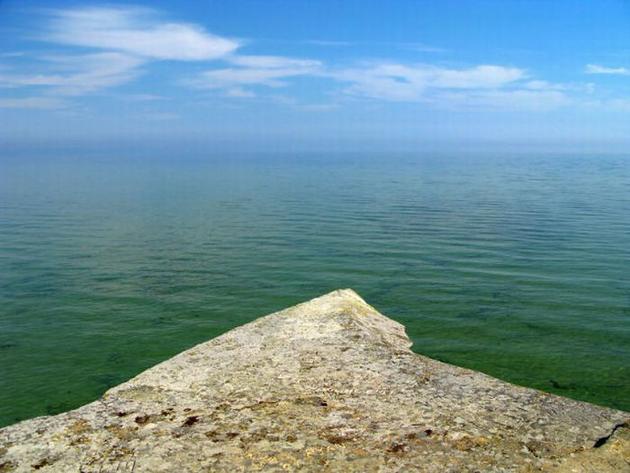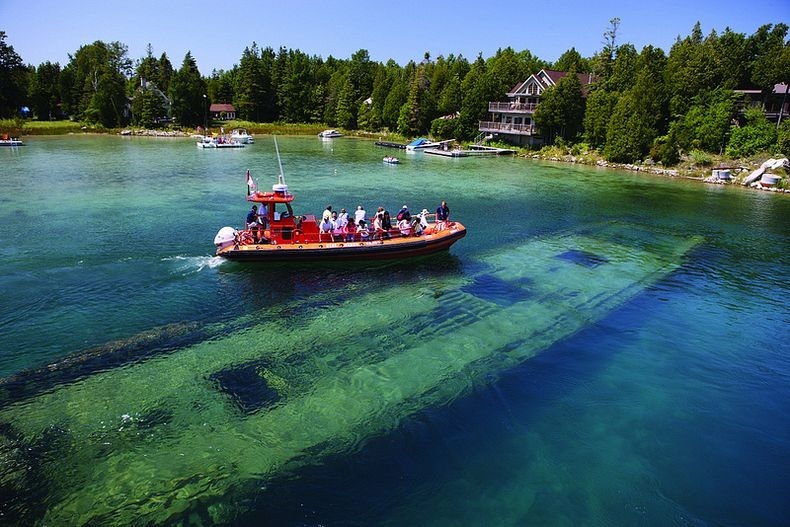/ month
placeholder text
Post List
Editor's Picks
5 Of The Biggest Water Contamination Disasters In The World
Throughout history, there have been many disasters that have...
Do Magnetic Therapy Help In Weight Loss?
Do Magnetic Therapy Help In Weight Loss
Magnetic weight loss...
The Mysterious Fortress Por-Bazhyn
Por-Bazhyn is Russia’s most mysterious archaeological site, located in...
Misty Fjords Nat’l Park Big Goat Lake Alaska
Misty Fjords Nat'l Park Big Goat lake falls from...
Xolos: Most Ancient Dog Breeds in World
Xolos are one of the world's oldest ancient dog...
Fanciful Kaleidosopic Light Paintings Formed in Camera
Fanciful Kaleidosopic Light Paintings Formed in Camera - Neon...
Don't Miss
Carhenge – The Replica of Stonehenge in Nebraska
Carhenge is a replica of England's Stonehenge located near...
Monstera Albo – The Rare White Monstera
If you're looking for a plant that is both...
The Wild Alicudi Island of Sicilian Isles
Alicudi island is nestled in the Sicilian Isles, an...
The Best Places to Visit in Visakhapatnam
The Best Places to Visit in Visakhapatnam
Visakhapatnam is a busy...
Hovenring – The Floating Circular Cycle Bridge
You might not be heard of that; there is...
Charismatic Planet © 2024 . All Rights Reserved.
























